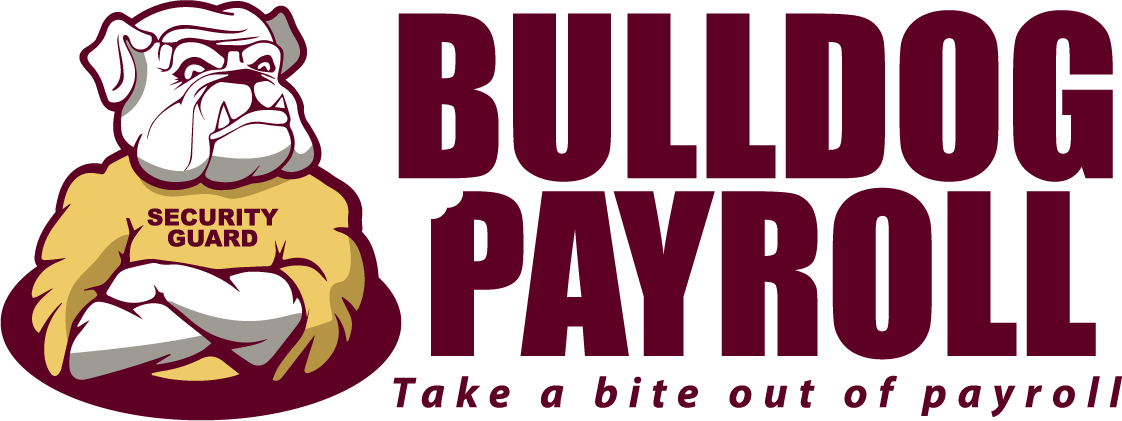What Is Payroll Compliance And Why Is It So Important
Have you ever wondered why businesses must comply with payroll regulations? Payroll compliance may not be the most exciting topic to discuss, but it is undoubtedly one of the most crucial aspects of running a successful business.
Failing to comply with payroll regulations can lead to hefty fines, lawsuits, and even criminal charges. Yet, despite its importance, many businesses struggle to maintain payroll compliance, leading to numerous legal issues and reputation damage.
In this article, we will explore why payroll compliance is so critical and discuss some of the key regulations that businesses must follow to avoid legal and financial consequences. So, let's dive into the world of payroll compliance and learn why it's not something you can afford to overlook.
What Is Payroll Compliance?
Payroll compliance refers to following the laws and regulations related to paying employees, including properly classifying them, withholding taxes, and ensuring compliance with minimum wage, overtime, and record-keeping requirements. It's critical for businesses of all sizes to maintain payroll compliance to avoid penalties, lawsuits, and reputational damage.
Small businesses may struggle with payroll compliance because they may not have the resources or expertise to stay up-to-date with changing regulations. But non-compliance can lead to heavy fines, audits, and even legal consequences, which can be devastating for small businesses. To avoid these consequences, small businesses can use
software that automates payroll and tax calculations, ensure proper employee classification, and keep accurate records. Outsourcing payroll to a trusted
provider can help ensure compliance and allow small business owners to focus on growing their businesses.
Why Is Payroll Compliance Important?
Legal Compliance
According to the IRS, the average penalty for failure to file Form W-2s or filing incorrect information is $270 per form, which can add up quickly for businesses with multiple employees.
Moreover, the
U.S. Department of Labor (DOL) can conduct audits on businesses to ensure compliance with payroll regulations. According to the DOL, in 2020, it collected more than $2.5 billion in back wages for more than 275,000 workers. These workers were either misclassified as exempt or not paid overtime pay for working more than 40 hours per week, among other payroll violations. These audits can be expensive and time-consuming for businesses, leading to a significant financial impact.
In addition to financial penalties, non-compliance can also lead to legal consequences. In 2020, the DOL's Wage and Hour Division reported a total of 4,050 investigations, resulting in more than $1.4 billion in back wages and liquidated damages for workers. Moreover, in 2019, the Equal Employment Opportunity Commission (EEOC) collected a total of $486 million for victims of discrimination in the workplace. These legal actions can lead to reputational damage, loss of customers, and a decrease in employee morale.
It is essential for businesses to stay up-to-date with the latest payroll compliance regulations and ensure compliance to avoid legal and financial consequences. Resources such as the DOL's website and the IRS's payroll tax compliance website can provide valuable information on payroll compliance regulations, forms, and deadlines. Seeking the assistance of a payroll specialist or outsourcing payroll processing can also help ensure compliance with regulations and avoid costly mistakes.
Maintaining Employee Trust
According to a survey by the American Payroll Association, 68% of employees said they would lose trust in their employer if they experienced issues with their paycheck. Moreover, a study by National Payroll Week revealed that 70% of employees believe their employer is responsible for ensuring their paycheck is accurate.
Failing to comply with payroll regulations can lead to mistrust and low employee morale, negatively affecting workplace culture, productivity, and retention rates. A study by the
Society for Human Resource Management found that 30% of employees would look for another job if they experienced just two payroll errors, indicating that payroll mistakes can impact employee loyalty and retention.
Furthermore, payroll compliance issues can result in legal action by employees, which can further damage trust and morale. In 2019, the EEOC reported that it received 72,675 charges of workplace discrimination, with retaliation being the most frequently filed charge. If employees believe they are being retaliated against due to payroll issues, they may file a discrimination charge, leading to costly legal action for the employer.
Ensuring payroll compliance is crucial for building and maintaining employee trust in a company. By providing accurate and timely paychecks and complying with regulations, employers can foster a positive work environment and increase employee loyalty and retention.
Avoiding Reputation Damage
Payroll compliance violations can result in negative publicity that can harm a company's reputation. Customers, investors, and potential employees may view a business as untrustworthy and avoid doing business with them. A study by the American Payroll Association found that 32% of employees would look for a new job after just one payroll error, indicating that payroll mistakes can have a significant impact on employee loyalty and retention.
Payroll compliance issues can lead to legal action and costly settlements, further damaging a company's reputation. In 2020, the DOL's Wage and Hour Division reported that it recovered $1.4 billion in back wages and liquidated damages for workers, indicating the prevalence of payroll compliance violations. These lawsuits can be publicized and damage a company's reputation, leading to decreased customer trust and negatively impacting the bottom line.
Is payroll a thorn in your side? Let us handle all the stress related to payroll so you don't have to...
Key Payroll Compliance Regulations
Fair Labor Standards Act (FLSA)
The FLSA establishes minimum wage, overtime pay, record-keeping, and child labor standards for covered employees. Employers must pay non-exempt employees at least the federal minimum wage, currently $7.25 per hour, and overtime pay at a rate of at least one and a half times their regular pay rate for any hours worked over 40 in a workweek. Employers must also keep accurate records of hours worked, wages paid, and other employment-related data.
Social Security, Medicare, and Federal Income Tax Withholding
Employers must withhold social security, Medicare, and federal income taxes from employees' wages and report and pay these taxes to the appropriate government agencies. Employers must also provide employees with Form W-2, Wage and Tax Statement, which reports their wages, tips, and other compensation, and the taxes withheld from their paychecks.
State and Local Tax Withholding
In addition to federal taxes, employers must comply with state and local tax withholding requirements. Employers must withhold state income taxes from employee paychecks in states that impose an income tax, and in some states, local income taxes may also be required.
Employee Classification
Employers must correctly classify employees as either exempt or non-exempt under the FLSA. Exempt employees are not entitled to overtime pay, while non-exempt employees are entitled to overtime pay for hours worked over 40 in a workweek. Misclassifying employees can result in costly lawsuits and penalties.
Workers' Compensation Insurance
Employers must carry workers' compensation insurance to provide medical and wage replacement benefits to employees who are injured or become ill due to their job. Employers must comply with state-specific workers' compensation laws, which may vary regarding coverage requirements, benefits, and reporting.
Family and Medical Leave Act (FMLA)
The FMLA requires covered employers to provide eligible employees with unpaid, job-protected leave for specific family and medical reasons, such as the birth or adoption of a child, caring for a family member with a serious health condition, or the employee's own serious health condition. Employers must also continue to provide health insurance to employees on FMLA leave.
Affordable Care Act (ACA)
The Affordable Care Act (ACA), also known as Obamacare, is a federal law that requires certain employers to offer affordable health insurance coverage to their full-time employees. Specifically, the ACA applies to businesses with 50 or more full-time equivalent employees. These businesses must offer health insurance coverage to their full-time employees that meet certain standards, such as minimum essential coverage, affordability, and minimum value.
To determine whether a business is subject to the ACA, it must count its full-time equivalent employees. A full-time equivalent employee is an employee who works an average of 30 or more hours per week. If a business has 50 or more full-time equivalent employees, they must offer affordable health insurance coverage to their full-time employees or face penalties.
The penalties for not complying with the ACA can be substantial. In 2021, the penalty for failing to offer affordable health insurance coverage to full-time employees was $2,700 per employee per year. If the business offers coverage, but the coverage is not affordable or does not meet minimum value standards, the penalty is $4,060 per employee per year. These penalties can add up quickly and have a significant impact on a business's bottom line.
Conclusion
If you're overwhelmed, don't worry, we are here to help. Our payroll experts can assist you in ensuring compliance and handling your year-end payroll process efficiently and accurately. Take control of your year-end payroll process by
scheduling a free consultation
today. Don't let payroll compliance be a headache for your business, partner with us and experience peace of mind.
Is payroll a thorn in your side? Let us handle all the stress related to payroll so you don't have to...










